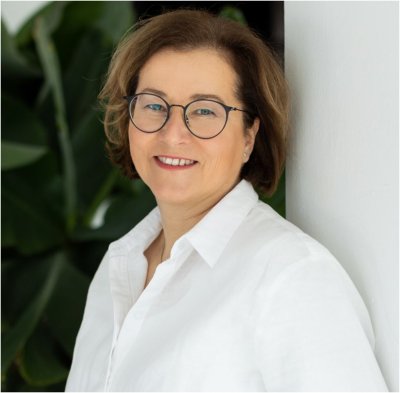GATEWAY TO A NEW FACULTY OF MEDICINE - An institutional analysis of the establishment of the Faculty of Medicine at the University of Maribor in Slovenia
Aleksandra Kovač is a Phd student in the Center for Higher Education Policy Studies. (Co)Supervisors are prof.dr. T. Bondarouk, prof.dr. B.J.R. van der Meulen and dr. D.F. Westerheijden from the faculty of Behavioural, Management and Social Sciences.
 The establishment of a new Faculty of Medicine at the University of Maribor in Slovenia in 2003 was preceded by a complex policy process. This policy process was analysed by applying a theoretical framework that combines Teisman’s Rounds Model, Ostrom’s Institutional Analysis & Development Framework and behavioural assumptions. The results demonstrate how times of growth and dynamic societal reforms provide space for innovative initiatives. Actors from the edge of the higher education system could achieve their long-standing ambition to establish a new Faculty of Medicine in spite of many hurdles to be taken. Medical education is expensive, the medical sector rather conservative and the existing medical faculty at the University of Ljubljana – in the capital – held on to its monopolistic position. Moreover, it was found that more institutionalised action arenas offer less opportunities for innovation and change. Nevertheless, the strongly motivated, influential, determined and purpose-seeking actors from Maribor developed a coherent, creative and flexible strategy to overcome obstacles and resistance. Besides following the official accreditation procedures, they used political forces to integrate the sheer need for more medical doctors into the national Master Plan for Higher Education. This paved the way for a second medical faculty. Years of lobbying and using the formal and informal rules of the higher education, health and political systems paid off. The Faculty of Medicine started enrolling students from October 2004.
The establishment of a new Faculty of Medicine at the University of Maribor in Slovenia in 2003 was preceded by a complex policy process. This policy process was analysed by applying a theoretical framework that combines Teisman’s Rounds Model, Ostrom’s Institutional Analysis & Development Framework and behavioural assumptions. The results demonstrate how times of growth and dynamic societal reforms provide space for innovative initiatives. Actors from the edge of the higher education system could achieve their long-standing ambition to establish a new Faculty of Medicine in spite of many hurdles to be taken. Medical education is expensive, the medical sector rather conservative and the existing medical faculty at the University of Ljubljana – in the capital – held on to its monopolistic position. Moreover, it was found that more institutionalised action arenas offer less opportunities for innovation and change. Nevertheless, the strongly motivated, influential, determined and purpose-seeking actors from Maribor developed a coherent, creative and flexible strategy to overcome obstacles and resistance. Besides following the official accreditation procedures, they used political forces to integrate the sheer need for more medical doctors into the national Master Plan for Higher Education. This paved the way for a second medical faculty. Years of lobbying and using the formal and informal rules of the higher education, health and political systems paid off. The Faculty of Medicine started enrolling students from October 2004.





